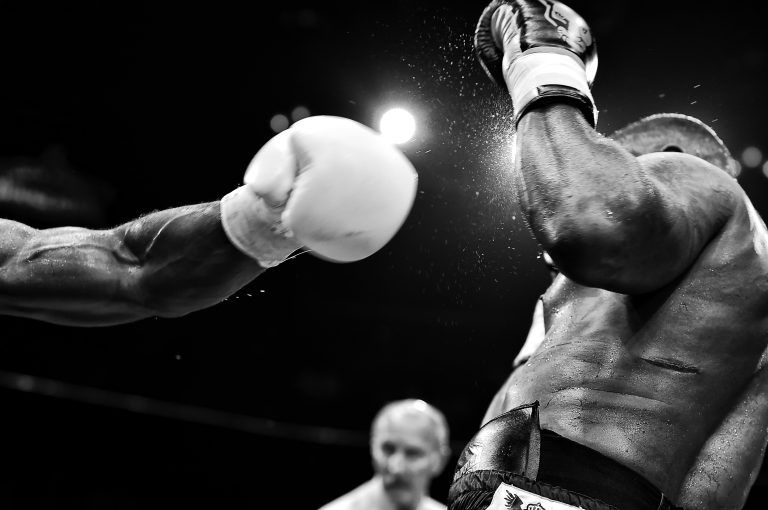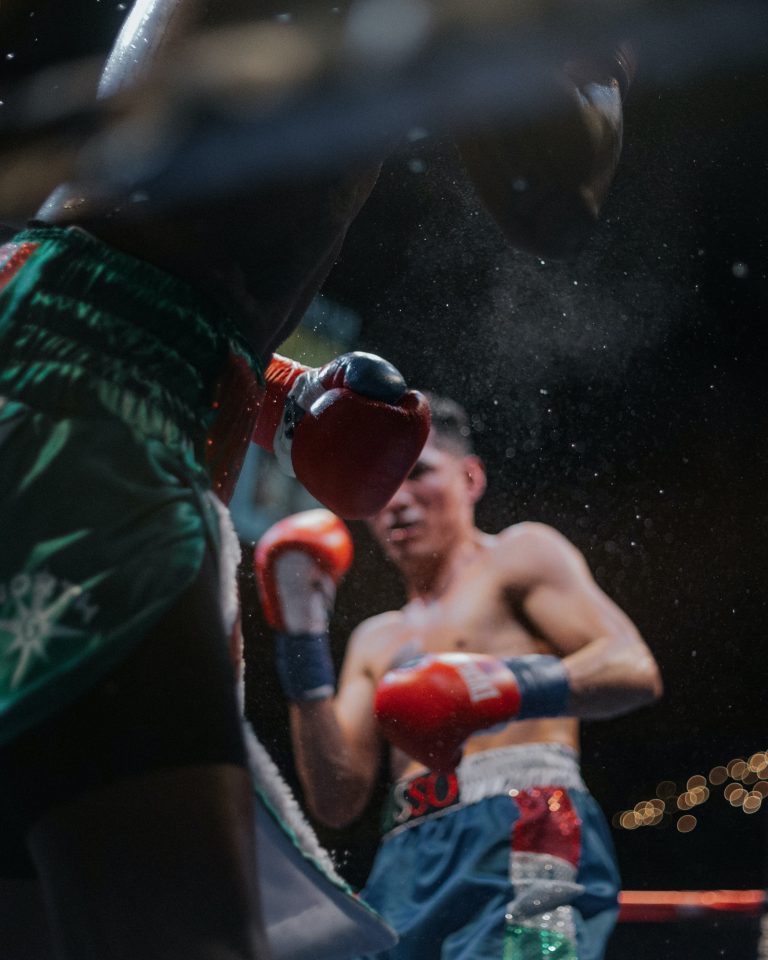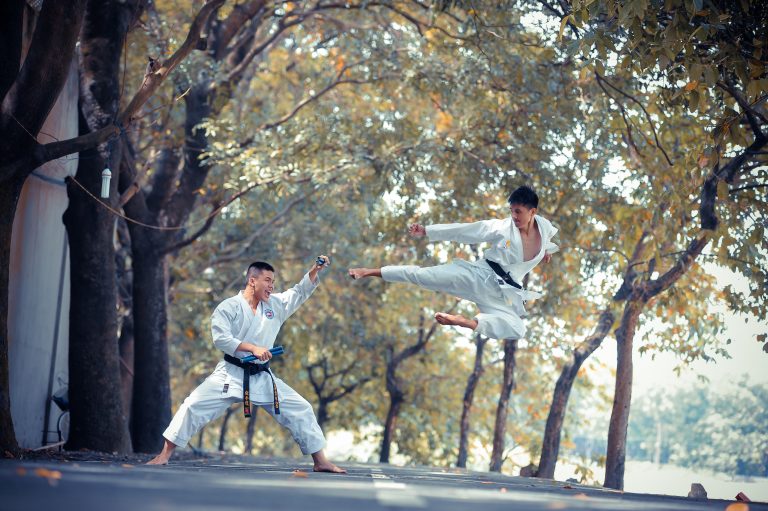An In-Depth Guide to Karate for Beginners
Karate has long been a popular martial art, practiced by millions of people worldwide. Karate is a wonderful way to improve both physical and mental fitness, as well as provide a good self-defense mechanism. But for the absolute beginner, it can be overwhelming to look into learning karate. So, what should a beginner know before embarking on their karate journey? This guide aims to provide a comprehensive and in-depth overview of the martial art so that you can start your karate training off on the right foot.
The History and Origin of Karate
Karate is one of the oldest martial arts and has been practiced in various Asian countries for centuries. Japan has long been the center of karate instruction and development, and the nation is credited with karate’s modern-day popularity worldwide.
Karate originated in Okinawa, an island south of Japan, around the 1600s. Before then, the martial art was known as „Te“—or „hand“—which was a combination of Chinese and Okinawan combat styles. The Okinawans modified these styles by combining them with other hand-to-hand fighting techniques to form the martial art we know as karate today. During the 1800s, Te began to be taught in Okinawa’s various martial arts schools, or dojos.
The Philosophy of Karate
Karate is more than just physical punches, kicks, and strikes—it is also a deeply philosophical practice. Karate places great value and emphasis on self-improvement and discipline, something that is reflected in its structure and teachings.
Karate is based on kosho-ryu, an ancient Japanese philosophy of understanding oneself and one’s environment. Kosho-Ryu teaches that self-control and discipline are necessary for success, which is why karate emphasizes focusing inward to hone one’s skills. The martial art also teaches its practitioners to determine what type of strength or techniques are needed for specific situations, thus enabling them to find the proper balance for any given situation.
Karate Styles
Karate consists of several different styles or sub-disciplines, each with its own unique focus. Some of the more popular styles are:
- Shotokan: This style focuses on using quick, powerful moves
- Shito-Ryu: Shito-Ryu emphasizes fast footwork
- Goju-Ryu: Goju-Ryu focuses on using both hard and soft techniques
- Wado-Ryu: This style emphasizes using both body movement and coordination
- Kyokushin: Kyokushin karate focuses on practical application and strong stances
It’s important for the beginner to consider which style or styles of karate are best for them—not all styles may be suitable for everyone. A beginner should consult with their instructor to help them decide which style or combination of styles is best for them.
Karate Rank & Belts
In karate, you progress through belts or ranks as you become more proficient in the martial art. Not unlike other martial arts such as Taekwondo and Judo, karate belt rankings start with the white belt and progress through the yellow, orange, green, blue, brown and black belts over time.
The ranking system helps to quantify your progress and incentivizes you to work towards achieving higher levels of skill. It’s important to note that each belt has its own set of requirements that must be met before moving up. Generally speaking, higher belt levels require more expertise and also involve a more advanced understanding of kata (forms) and their techniques. The belt system ranks practitioners according to their knowledge and level of skill—so even if it takes awhile to get from a white belt to a black belt, it’s worth the effort!
Kata & Kumite
When it comes to training in karate, two primary components are kata (forms) and kumite (sparring). Kata consists of a prearranged series of blocks, punches and kicks that help to teach timing and technique. Each style typically consists of several forms which must then be mastered before progressing further within that particular style.
Kumite refers to sparring in karate, during which practitioners use the skills they have learned from doing kata in a live environment. Kumite involves two opponents facing off against each other in order to practice defense and counterattack techniques. Sparring is essential for karate practitioners to learn timing and apply technique in a dynamic environment.
Tips For Beginners
Starting any new activity can be daunting—especially if it involves taking risks that may have consequences depending on how well you perform. But even if you are just starting out with karate, there are still plenty of tips that will help you learn the basics quickly and effectively. Here are just a few:
- 1. Be patient with yourself—it takes time to learn any new skill or activity so be patient with yourself as you go through the process.
- 2. Ask questions—this can help clarify any techniques or concepts that you don’t understand as well as help ensure you are doing something correctly.
- 3. Identify your motivation—identifying what drives you can help sustain your enthusiasm over time.
- 4. Work on strength—building strength helps develop your stamina over time so make sure your workouts are focused on building strength (as opposed to just speed).
- 5. Focus on technique—good technique leads to effective results so make sure this is always prioritized when learning new techniques or forms.
- 6. Find a good dojo—finding an experienced teacher with a good teaching style can help you learn more quickly so it’s worth researching different dojos when looking for a new one.
- 7. Have fun!—remember that Karate is meant to be enjoyed so try not to take it too seriously, have fun and enjoy learning something new!
Conclusion
Karate is one of the oldest martial arts around and is an amazing way to hone both body and spirit. Getting started can be daunting but understanding the history, philosophy, rank system, styles, forms, sparring, tips and more can help set one up for success along their journey. With dedication and commitment, anyone can learn and develop their skills within this remarkable martial art and become a black belt master!
Inhaltsverzeichnis






